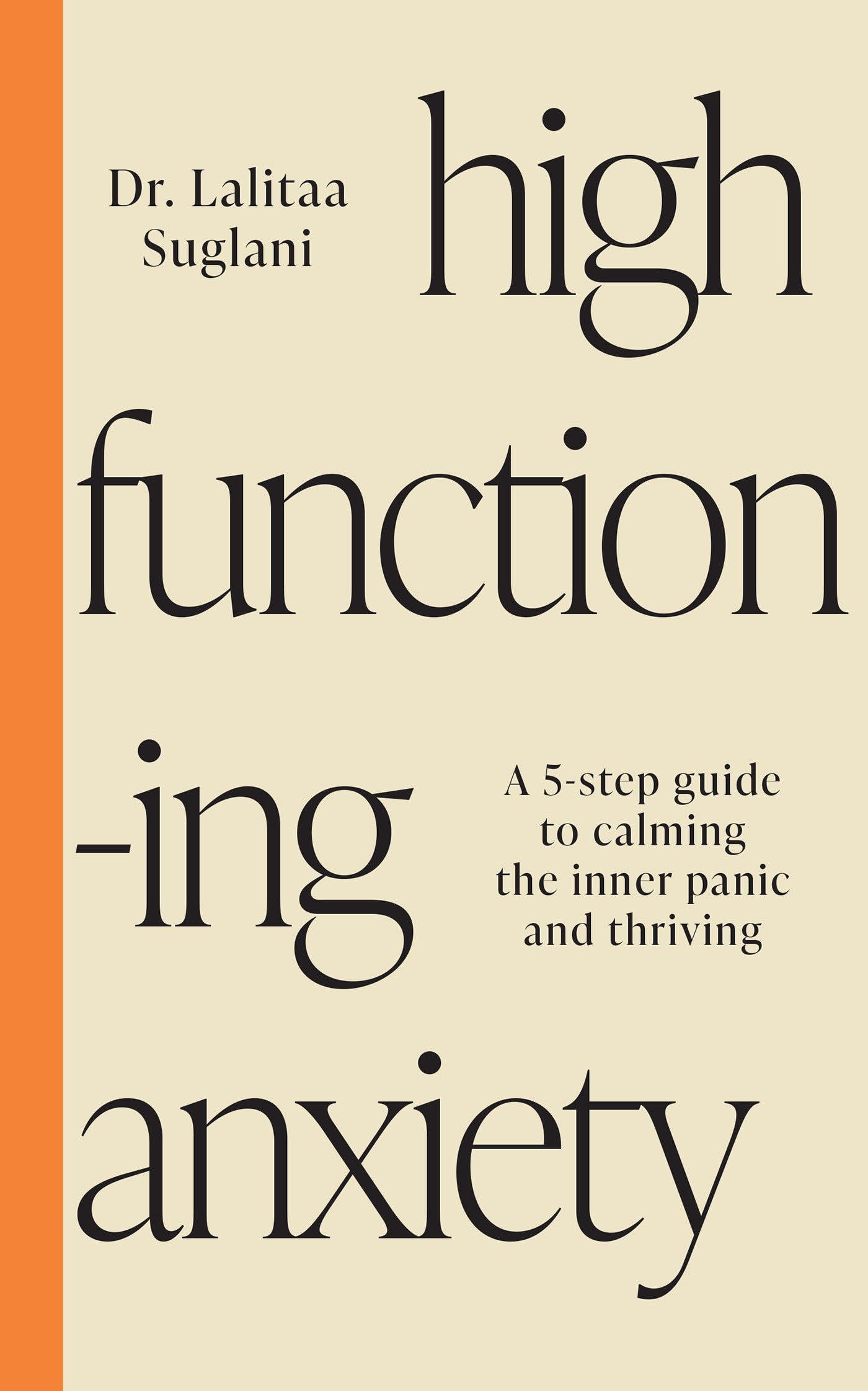In the bustling tapestry of modern life, anxiety often lurks in the shadows, an invisible thread woven through the fabric of daily existence. For some, this thread is stark and apparent, while for others, it blends seamlessly into the background, hidden beneath the guise of high-functioning success. High-functioning anxiety is a silent companion to many, whispering doubts amidst accolades and achievements, manifesting not in obvious turmoil but in subtle, often overlooked signs. This article delves into the nuanced world of high-functioning anxiety in adults, unraveling the delicate balance between outward competence and inner unease, and offering insight into recognizing the signs that often go unnoticed in the busy corridors of everyday life.
Identifying Subtle Behaviors Masking Anxiety
- Perfectionism: Many adults with high-functioning anxiety disguise their inner turmoil with an outward pursuit of perfection. Their attention to detail and relentless self-imposed standards often lead others to view them as exemplary achievers. However, beneath this polished exterior lies a constant fear of failure and an overwhelming sense of inadequacy.
- Overthinking: A subtle yet pervasive behavior is the tendency to overanalyze even the simplest of situations. This mental overdrive often leads to indecision and second-guessing, where choices are scrutinized to the point of exhaustion. The perpetual quest for certainty masks the underlying anxiety, as the mind becomes a relentless critic.
- Procrastination: Although seemingly at odds with their driven nature, individuals may delay tasks due to fear of not meeting their own expectations. This procrastination is often disguised as strategic planning, but it is actually a manifestation of their anxiety about potential failure or judgment.
- People-Pleasing: Another subtle behavior is the compulsive need to please others, often at the expense of one’s own needs. This habit can stem from a deep-seated fear of rejection or criticism, leading to an overextension of personal boundaries and a neglect of self-care.
Understanding the Emotional Landscape of High-Functioning Individuals
High-functioning individuals often present a polished exterior, masking the turmoil that lies beneath. While they may appear calm and collected, their internal landscape is often fraught with anxiety. This can manifest in a variety of subtle signs that are easy to overlook. Perfectionism is a common trait, where the fear of making mistakes drives them to set impossibly high standards. This pursuit of excellence can lead to chronic stress and a relentless inner critic. Moreover, they may exhibit a strong desire for control in both personal and professional settings, fearing that any deviation could unravel their carefully constructed world.
Another hallmark of high-functioning anxiety is the tendency to be constantly busy. These individuals often fill their schedules to the brim, avoiding downtime that might lead to confronting their inner anxieties. This can result in overcommitment, where they take on more responsibilities than they can handle, further fueling their stress. It’s crucial to recognize these signs and understand that beneath their seemingly perfect facade, high-functioning individuals are navigating a complex emotional terrain. By acknowledging and addressing these behaviors, one can begin to unravel the layers of anxiety and move towards a healthier state of mind.

Practical Strategies for Managing Anxiety in Daily Life
Living with high-functioning anxiety can be challenging, yet there are effective strategies to manage it and lead a balanced life. Start by establishing a routine that includes time for relaxation and self-care. A structured day can provide a sense of control and reduce the unpredictability that often triggers anxiety. Implementing mindfulness practices, such as meditation or deep-breathing exercises, can help you stay grounded and present, alleviating anxious thoughts.
Incorporate the following practical strategies into your daily life:
- Prioritize tasks: Break down your to-do list into manageable steps and focus on one task at a time.
- Limit caffeine and alcohol: These can exacerbate anxiety symptoms, so consider reducing your intake.
- Exercise regularly: Physical activity releases endorphins, which can naturally elevate your mood.
- Set boundaries: Learn to say no and create limits to avoid becoming overwhelmed.
- Seek support: Connect with friends, family, or support groups to share your experiences and gain perspective.
By weaving these strategies into your daily routine, you can manage high-functioning anxiety more effectively and enhance your overall well-being.

Cultivating Mindfulness and Resilience for Long-Term Wellbeing
In the hustle and bustle of modern life, many adults navigate the world with a quiet storm brewing beneath a composed exterior. High-functioning anxiety often disguises itself behind a mask of success and competence, making it challenging to recognize. Individuals may appear outwardly calm and collected, yet internally, they grapple with a whirlwind of anxious thoughts and feelings. Recognizing the subtle signs of this condition can be the first step toward cultivating mindfulness and resilience. Key indicators include:
- A relentless drive for perfectionism that leads to excessive worry about making mistakes.
- The constant need for reassurance and validation, despite outward confidence.
- Difficulty in relaxing and the tendency to overthink even minor decisions.
- Physical symptoms such as muscle tension, restlessness, and sleep disturbances.
Understanding these signs can empower individuals to seek strategies that foster long-term wellbeing. Through practices like mindfulness meditation and cognitive behavioral techniques, one can learn to harness anxiety as a tool for growth rather than a hindrance. By embracing a compassionate awareness of these internal experiences, individuals can cultivate a resilient mindset, navigating life’s challenges with grace and equilibrium.








